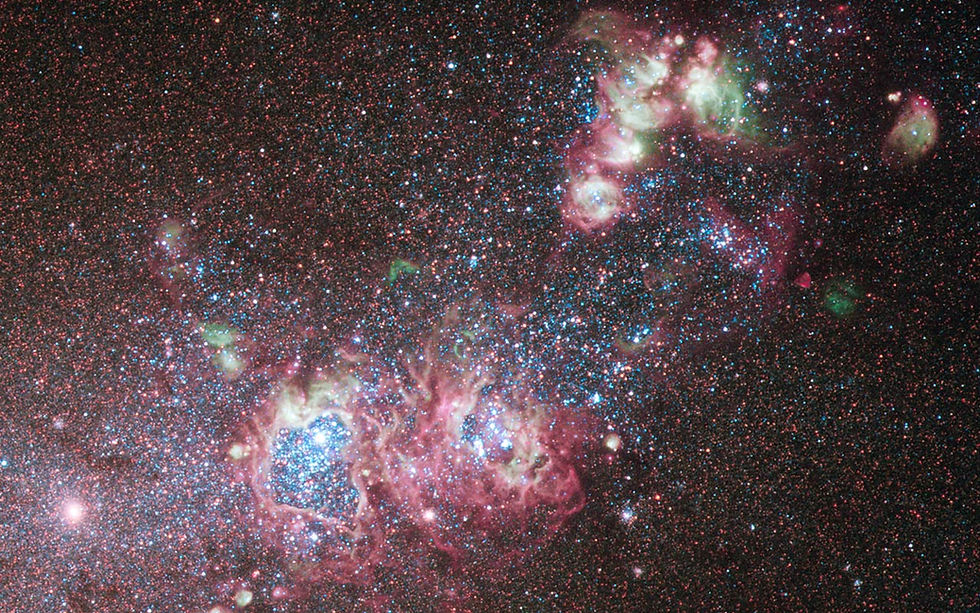As you have likely gathered, the concept of cosmic education that Dr. Montessori describes will hopefully be centralized to this website and the work I hope to spread. It brings inspiration for my work, many children, and hopefully for you! Then, what is cosmic education?

Commonly, you’ll hear this defined as the interconnectedness of all things. The vastness of it paralleled only by how succinctly its written. A 2-word phrase. A 5-word definition. A 13,800,000,000-year story. A 46,500,000,000-mile diameter of the sphere we call, the Universe. Five words to summarize it all. Two words to convey it all.
It would be easy to understand that the rest of the world views this portion of education the “hard subjects.” Oh, no that’s still frequently reserved for mathematics and language arts. The phrase, “hard subjects,” is typically used to remove these two subjects from the likes of earth science, geography, history, biology (i.e. botany and zoology), and physical sciences (i.e. physics and chemistry). Not because mathematics and language arts are more difficult to learn, but because of their importance to a child’s development.
Now, this is not to take away anything from mathematics or language arts. Both subjects play an indelible role in a child’s education. I would argue that it is cosmic education that shapes their development more. This is for a multitude of reasons:
- the sheer quantity of subjects (7 versus 5)
o 7 cosmic education subjects (earth Science, geography, history, botany, zoology, physics, and chemistry)
o 5 math and language arts (arithmetic, geometry, reading, writing, language arts)
- the support cosmic education provides with reading and writing
- the method cosmic education provides applications to mathematics
- the extensions cosmic education provides to practical life exercises
- the extensions cosmic education provides to creative expression exercises
- the importance of a holistic development
- the role cosmic education plays in Dr. Montessori’s theory – particularly in the Elementary years
I will dive into each of the reasons in future writings. For now, let this be enough to support the value of cosmic education, if not for it to surpass the title of “soft subjects.”
Admittedly, it was not the overall concept that first inspired me. It was not nearly so grandeur. Not that it wasn’t introduced to me as an adult learner. A much simpler event had to occur first. I had to discover the trees before I could see the forest, so to speak. While I was given albums (sometimes multiple volumes large) for each subject filled with lessons and information, this is still to abstract for an inexperienced Montessorian.
It’s the materials in action. It’s the expressions of joy. It’s the independent exploration. It’s the creative expression of knowledge. It’s the never-ending questions of, “Why…? What…? How…?” and the occasional, “What?! Are you serious?!”
I began to see the trees. Not the lessons I presented. Or the materials that sat upon our shelves. Rather, the enthusiasm children had about these subjects. The vision children have about the Universe, the World, and Humanity. The vision for their community. The vision for themselves.
After that first year of presenting materials in these subjects, the forest appeared, and quite rapidly. All of this in one year. With the materials we did have. Now, there were more questions. Harder questions. We would need a bigger boat! Questions repeated meant a need for a material. A new material meant new questions.

The curiosities of your students should drive the specifics of cosmic education lessons and materials each year. To plant these new trees, we must know the trees, the paths between them, and the entire forest.













留言